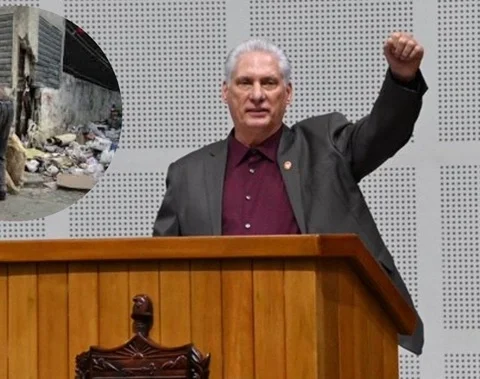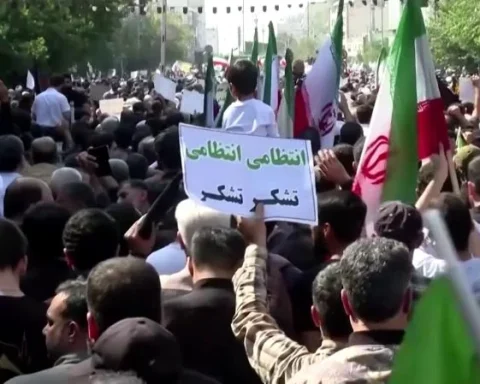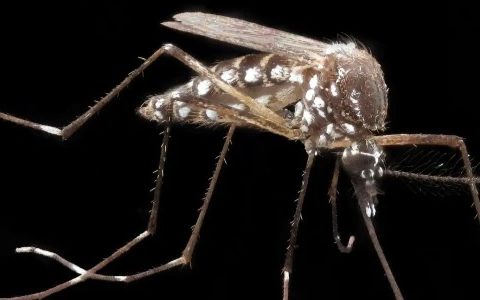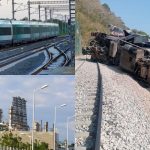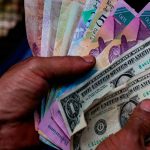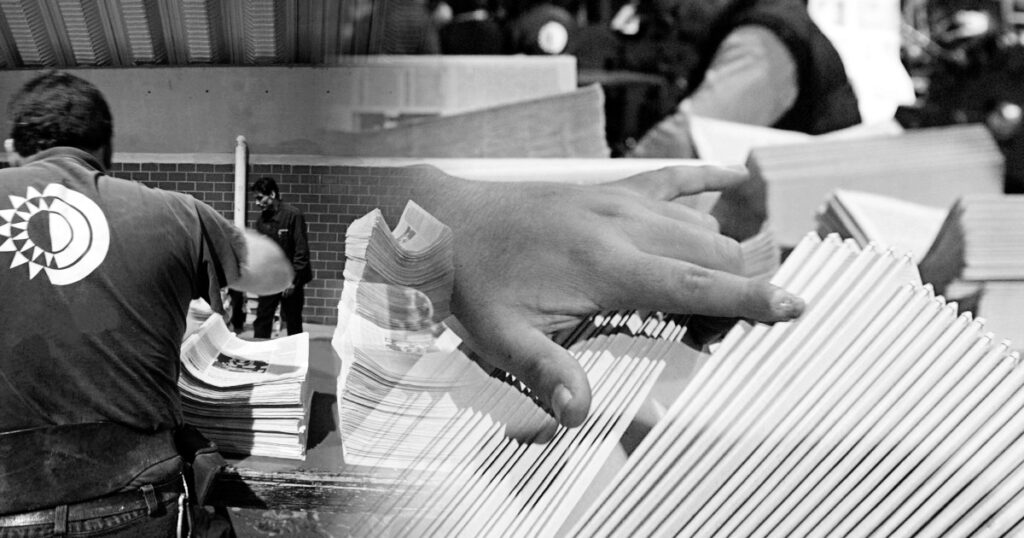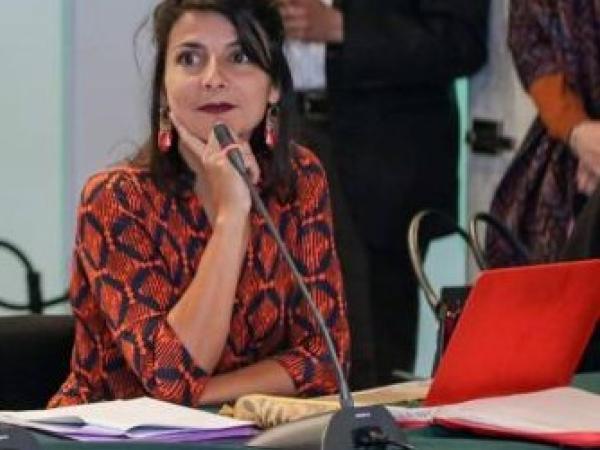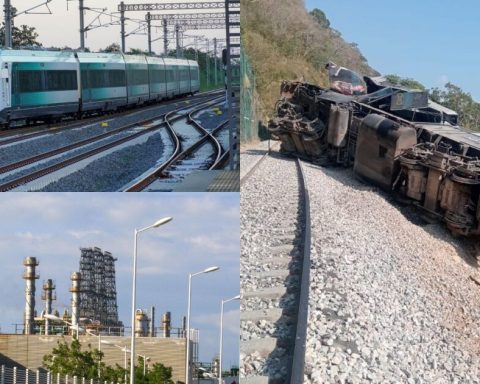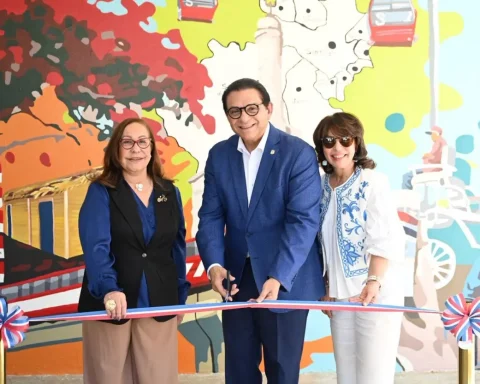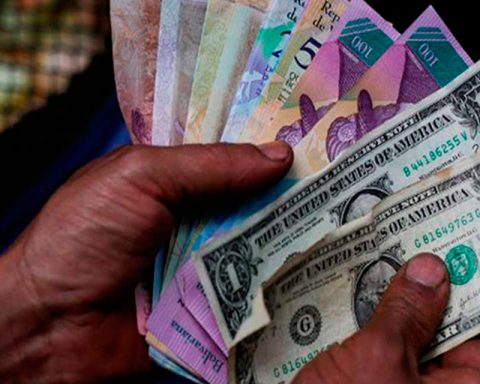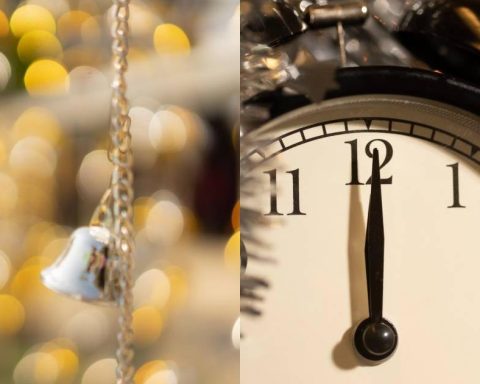“They are chilling”; “I cried when I saw them”; “I can’t stop thinking about that firefighter who walks alone almost until he dissipates”. These comments are part of the many that Internet users wrote on different Facebook profiles in which images were shared that showed the world, very closely, the tragedy of the fire in Matanzas and the work of the firefighters. In the most overwhelming, their silhouettes move through a curtain of steam a few meters from two huge fuel tanks. One burns horribly.
But who had taken the photos and how did they get there? In the midst of the infinity of comments, I found one that declared a father’s recognition of his son, the photographer Raúl Navarro González. Thus, one led me to the other and I was able to interview the 31-year-old whose snapshots have gone viral, but not before getting him out of bed due to fatigue and stress from the day before.
Do you think that your photos have had such a wide impact because they were the first to depict the tragedy in situ?
Frankly, I did not expect my photos to have such an impact. I have seen them shared by all kinds of media: Cuban officials and independents. National and international magazines and newspapers have written to me to interview me or request authorization to publish them.
I had the opportunity to be very close to the events and that allowed me to reflect in more detail the magnitude of the event and the people who were facing the fire there. Perhaps that has been a great point in favor of the photographs and their reception by the media, but I have no idea if they were the first.
I guess you did them with a telephoto lens, but that didn’t take away from your life. How did you get to the place where you took them? How far away were you?
He called me on the night of the same day the fire started, August 5, the director of the newspaper Giron for coverage. We left almost at dawn. I was approximately 100 meters from the tanks, from there I took the photos. I felt horrible heat, that’s why I was shocked to see the firefighters stuck there. That must be unbearable. I sensed that it could get worse because the steam was getting bigger. Before the hour of having left there, the explosion occurred.
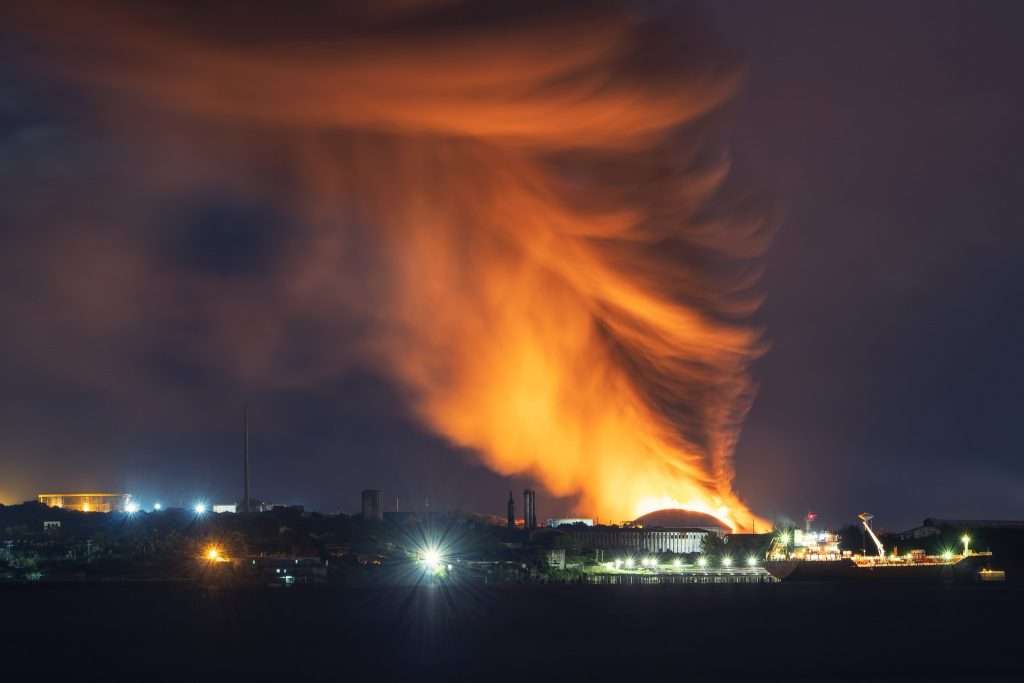
These photos capture perhaps the last moments of life of some firefighters
That marked me a lot. In fact, I consider that the greatest value of the photos is the documentary. It is a very sensitive subject, I cannot see the photos without thinking that they are the absent ones today, but they were captured in my lens forever. That made me value and greatly admire his work. They are the great heroes of this story.
How much fear did you feel?
I am not a person to feel very afraid. In fact, I went there with all the spirit of a photographer going on an adventure. I left my wife more worried than me. There I was more aware, it is not the same to see things through the media than to feel them firsthand. That was a monster. Firefighters really are beings from another world. There I came to comment to the director of Giron that maybe we should leave because that looked ugly. It was too much fire, too strong. Back home, when I saw the news of the explosion, I got nervous. I couldn’t sleep the rest of the night.
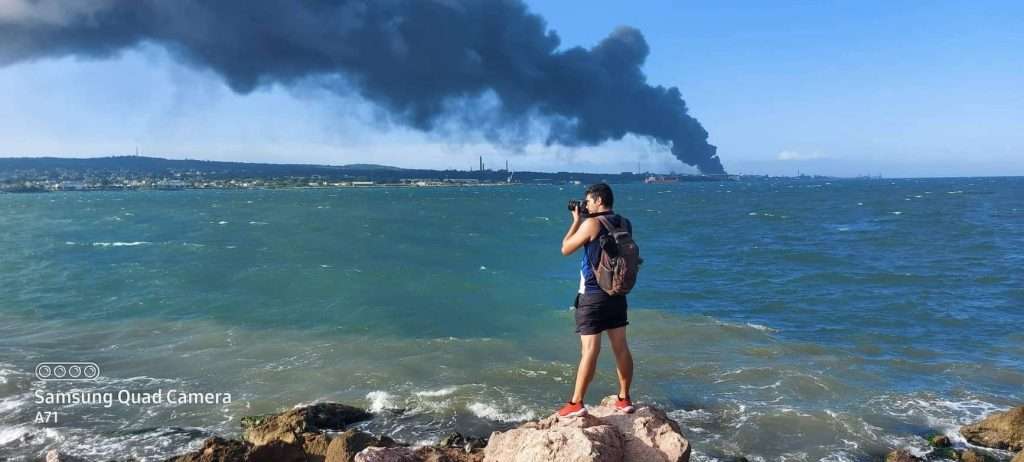
What photographic techniques did you apply for this occasion? Or, given the circumstances, was it just arriving and clicking?
It’s not complicated; especially if the equipment has its limitations and the environment and lighting are not the most comfortable. I always say that it is vital to know your own camera and how you can get the best out of it. I use a Canon T7 camera. I rely heavily on taking more than one photo to conform to the composition and image quality I want, as well as developing the photo later on the computer. I work on correcting values, but I never fake anything, I just use the software to meet the limitations of my camera.
Are you a freelance photographer?
Yes, I work photography independently. I recently started working at the newspaper Giron, but I have my personal work. I’m always taking photos for myself and what I like: landscape, macro photography, street photography… I’m a Computer Science graduate, but my dad is a photographer and I think that’s where my passion comes from. I always loved taking photos, but the COVID lockdown was a turning point in my determination to take photography more seriously. My preparation and my visual restlessness accelerated in that time. Now I can’t stop taking photos.
Have you got awards?
I have participated in some contests and collective exhibitions, but I have had the greatest recognition on the networks, a means by which people know me better and distinguish my work. That’s why the newspaper contacted me Giron to collaborate with them. Covering the fire was my first assignment.
